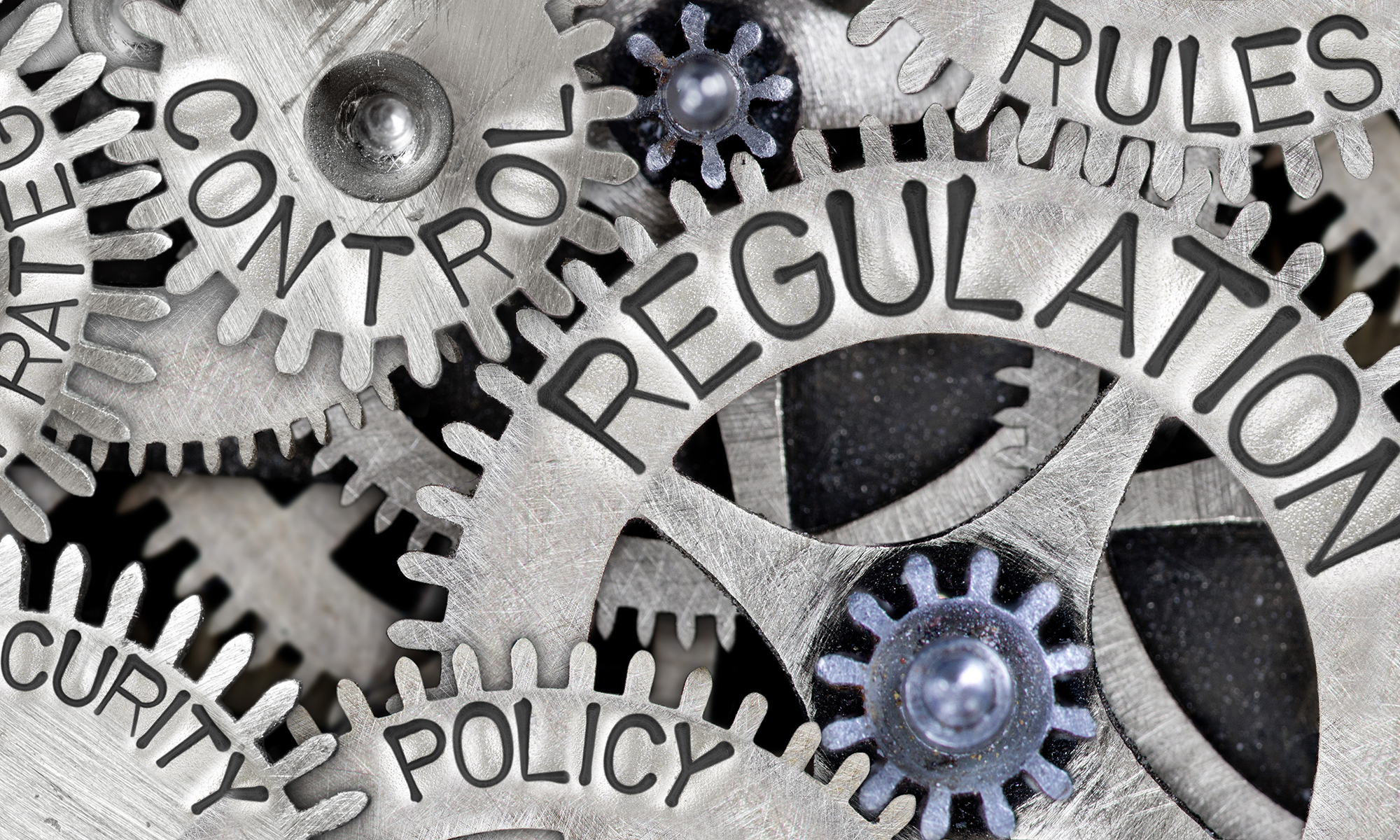On July 14, 2020, the Trump Administration rescinded SEVP guidance issued last week, which forbid F-1 students from attending universities that were planning to be 100% remote during the fall 2020 semester. With the rescission, schools may now revert to following the SEVP March 9 Broadcast Message: Coronavirus Disease 2019 and the March 13 COVID-19: Guidance for SEVP Stakeholders . The key portion of this guidance states the following:
“Schools must notify SEVP of COVID-19 procedural changes within 10 business days. Given the extraordinary nature of the COVID-19 emergency, SEVP will allow F-1 and/or M-1 students to temporarily count online classes towards a full course of study in excess of the limits stated in 8 CFR 214.2(f)(6)(i)(G) and 8 CFR 214.2(m)(9)(v), even if they have left the United States and are taking the online classes from elsewhere. This temporary provision is only in effect for the duration of the emergency and in accordance with the procedural change documents filed in a timely manner to SEVP.”
The announcement was made just prior to a scheduled hearing in the District of Massachusetts to hear arguments from Harvard and MIT as to why the guidance was illegal. The schools had immediately filed suit last week under the Administrative Procedures Act arguing that that agency had not follow proper protocols when issuing the revised guidance and that the entire university community, including schools and foreign students had relied on prior guidance and assurances from SEVP that it would maintain flexibility as long as the COVID-19 pandemic continued. Similar law suits had been brought in recent days by the State of New York, a group of international students at University of California, Irvine among others. Many large tech companies, including, Salesforce, Twitter, Google, and LinkedIn also backed Harvard and MIT’s lawsuit.
It is unprecedented for such a far reaching and well publicized rule to be so quickly rescinded after public pressure. The combination of foreign students as an essential constituency for universities and universities as an essential stakeholder in the U.S. economy was unbeatable.
